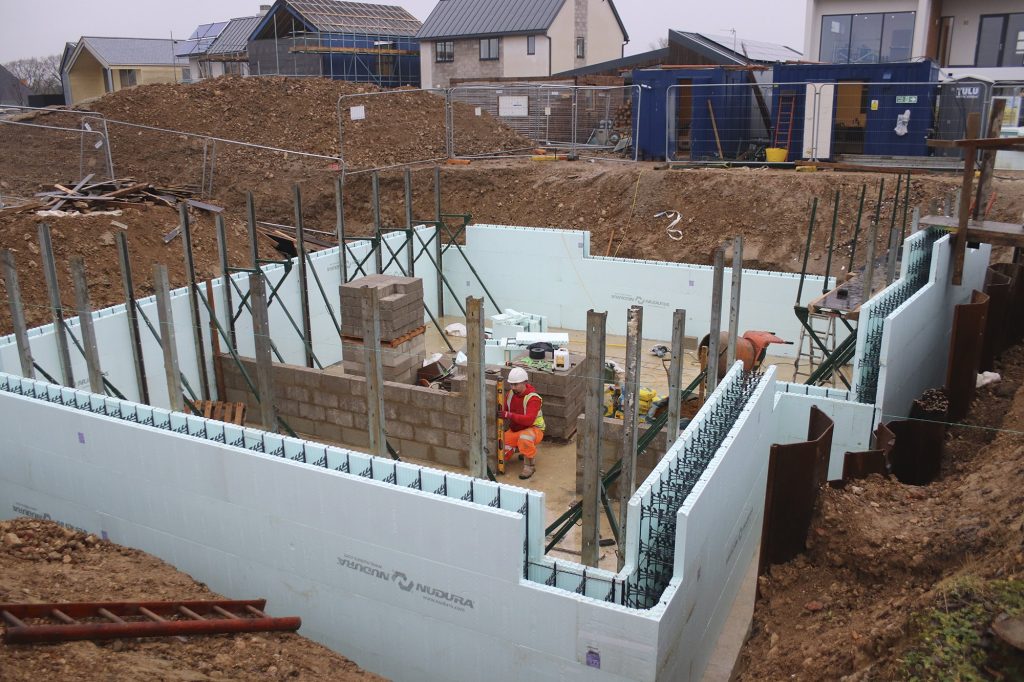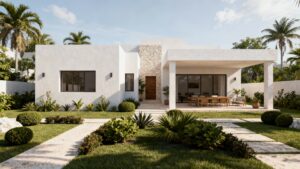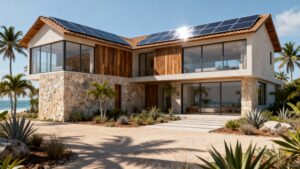The materials used in house construction play a crucial role in determining the durability, aesthetics, and functionality of a home. In Mexico, the choice of materials reflects a rich tapestry of cultural history, regional diversity, and evolving architectural practices. From the ancient adobe structures of indigenous peoples to the sleek, modern designs using concrete and glass, Mexican houses are built with a variety of materials that cater to different needs and environments.
Traditional Materials
Adobe: The Ancient Building Block
Adobe, a mixture of clay, water, sand, and organic materials such as straw, has been used for centuries in Mexican construction. This material is particularly common in arid regions due to its excellent thermal properties, which keep homes cool in the day and warm at night. Adobe is eco-friendly and readily available, making it a cost-effective choice. However, it requires regular maintenance and is less durable in wetter climates.
Wood: Versatility and Availability
Wood is another traditional material used in Mexican house construction, especially in forested regions. Different types of wood, such as pine and oak, are commonly utilized. Traditional wood construction techniques include timber framing and log construction, which offer flexibility in design and aesthetics. While wood is versatile and easy to work with, it is susceptible to pests and requires treatment to enhance its longevity.
Stone: Durability and Strength
Stone has been a staple in Mexican architecture due to its durability and strength. Volcanic rock, limestone, and other locally sourced stones are frequently used. Stone houses are renowned for their sturdiness and ability to withstand natural elements. Examples of stone construction can be seen in colonial-era buildings and modern interpretations that incorporate stone facades for a timeless look.
Traditional Building Methods
Traditional Mexican houses often feature a pole foundation made from hardwood posts. The walls are constructed using adobe bricks or roughly cut stone, while the roof structure is supported by wooden beams and covered with clay tiles. These traditional methods, such as “bajareque” (a type of wattle and daub) and “tapial” (rammed earth), are still used in some rural and historic areas. These techniques involve using local materials and labor-intensive processes, reflecting a deep connection to cultural heritage.
Modern Construction Practices
Contemporary Mexican homes shift towards modern construction practices, utilizing concrete foundations and steel rebar columns for enhanced durability. Roofs are made with concrete beams, covered with metal sheets or concrete tiles. These practices incorporate advanced building technologies and methods, such as prefabrication, modular construction, and the use of innovative materials like lightweight concrete and engineered wood.
Blending Old and New
Many contemporary Mexican homes blend traditional and modern techniques, creating a unique architectural style that honors the past while embracing the future. Examples include modern adobe homes with contemporary interiors or stone houses with advanced insulation systems. This fusion not only respects cultural heritage but also meets modern demands for efficiency and sustainability.
By understanding these diverse construction methods, one can appreciate the architectural richness and adaptability present in Mexican home design. Whether preserving tradition or innovating with new materials, the craftsmanship continues to evolve, reflecting both history and progress.



Modern Materials
Concrete: The Modern Standard
Concrete has become the standard material in modern Mexican construction due to its strength, versatility, and availability. It is used in various forms, from poured concrete foundations to concrete blocks for walls. Innovations in concrete, such as pre-cast panels and lightweight concrete, have further expanded its application. Concrete’s ability to be molded into different shapes makes it ideal for contemporary architectural designs.
Brick: A Common Choice
Brick is another prevalent material in Mexican homes, valued for its durability, thermal properties, and aesthetic appeal. Different types of bricks, including clay bricks and cement bricks, are used depending on the desired finish and structural requirements. Brick construction is known for its energy efficiency and fire resistance, making it a reliable choice for many homeowners.
Steel and Glass: Contemporary Designs
In modern architecture, steel and glass are increasingly used to create sleek, innovative designs. Steel provides structural strength, allowing for larger open spaces and unique architectural forms. Glass is used to enhance natural lighting and create a sense of openness. Together, steel and glass contribute to the minimalist and industrial aesthetics popular in contemporary Mexican homes.
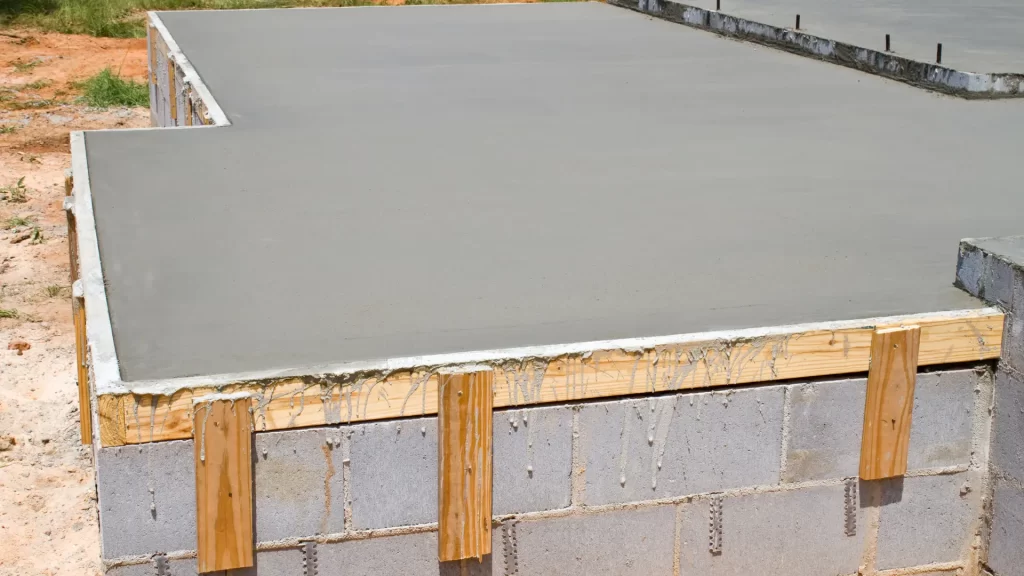

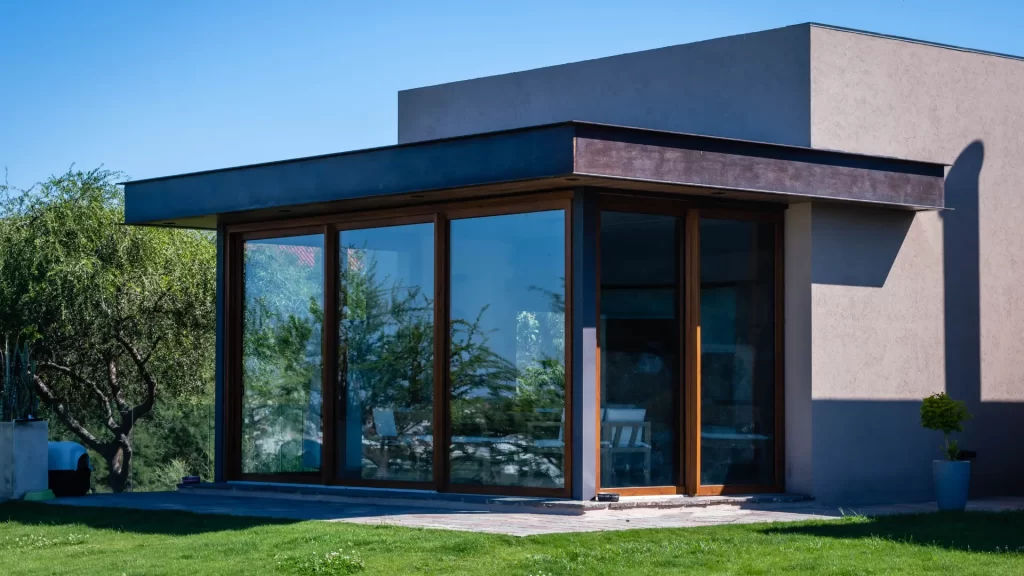
Sustainable and Eco-Friendly Materials
Recycled Materials
With a growing emphasis on sustainability, recycled materials are becoming more common in Mexican house construction. Recycled metal, plastic, and even reclaimed wood are used to reduce environmental impact and promote eco-friendly building practices.
Natural Insulation Materials
Eco-friendly insulation materials, such as sheep’s wool, cellulose, and hemp, are used to improve energy efficiency in homes. These materials provide excellent thermal insulation while being biodegradable and non-toxic.
Green Roofing and Solar Panels
Green roofing systems, which incorporate vegetation to improve insulation and reduce urban heat islands, are gaining popularity. Additionally, the use of solar panels to harness renewable energy is becoming more widespread, reflecting a commitment to sustainable living.
How Roofs Are Supported and Constructed in Mexican Homes
When it comes to constructing roofs in Mexican homes, two primary methods bring the architectural style and functionality together.
1. Concrete and Wood Combination
One approach involves using a concrete ceiling supported by columns, ensuring robust durability. On top of this solid framework, wooden planks are placed, providing the foundation for the roof covering. Finally, distinctive clay tiles are added to complete this classic style.
2. Wooden Beam Method
The second method capitalizes on natural materials, using long wooden beams as the primary support structure. These beams span across the walls, creating an elegant, rustic framework. As with the first method, the beams are topped with wooden planks, and finished with a layer of clay tiles, maintaining the characteristic look of traditional Mexican homes.
Both techniques highlight the use of naturally sourced materials, blending aesthetics with practicality in the design of Mexican roofs.
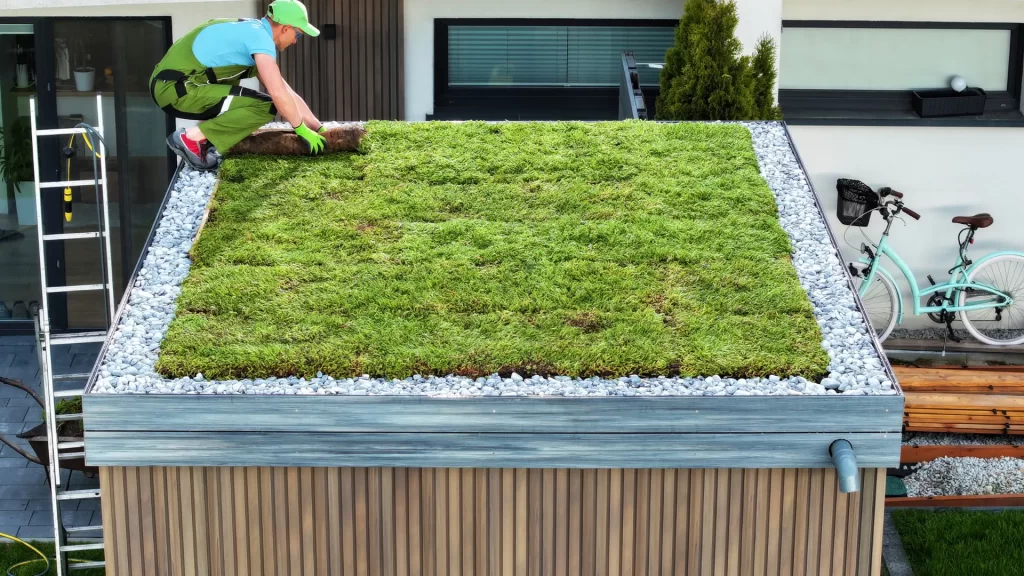
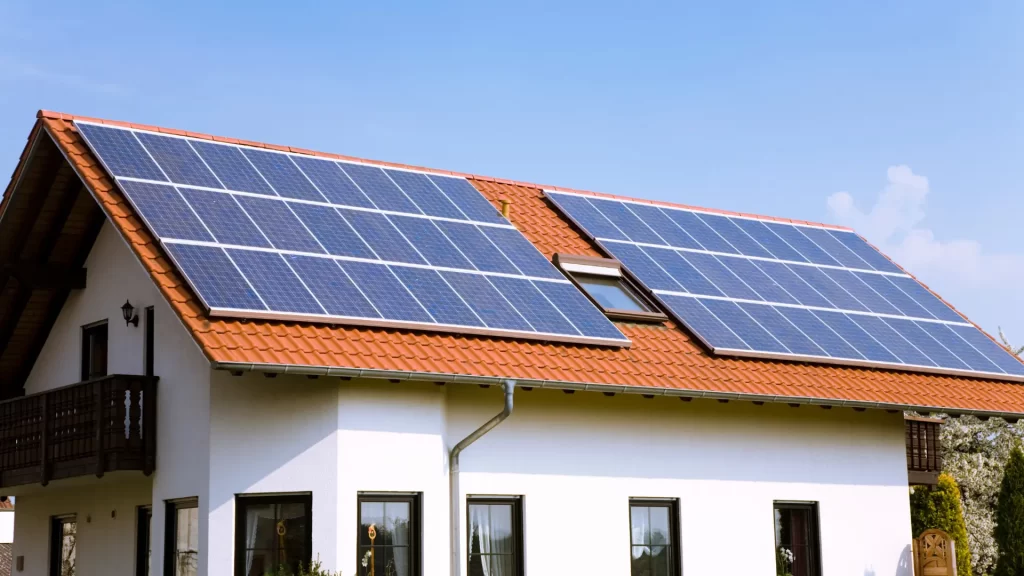
Regional Variations
Coastal Regions
In coastal areas, materials must withstand humid and saline environments. Materials like treated wood, concrete, and weather-resistant metals are commonly used to prevent corrosion and decay.
Mountainous Areas
Mountainous regions require materials that can handle colder climates and seismic activity. Stone, reinforced concrete, and insulated panels are often used to ensure stability and comfort in these challenging environments.
Urban vs. Rural Differences
Urban areas tend to use modern materials like concrete, steel, and glass due to their availability and the need for high-density housing. In contrast, rural areas often rely on traditional materials like adobe and wood, which are more accessible and suited to local conditions.
Construction Techniques
Traditional Building Methods
Traditional methods, such as “bajareque” (a type of wattle and daub) and “tapial” (rammed earth), are still used in some rural and historic areas. These techniques involve using local materials and labor-intensive processes, reflecting a deep connection to cultural heritage.
Modern Construction Practices
Modern construction practices in Mexico incorporate advanced building technologies and methods, such as prefabrication, modular construction, and the use of innovative materials like lightweight concrete and engineered wood.
Blending Old and New
Many contemporary Mexican homes blend traditional and modern techniques, creating a unique architectural style that honors the past while embracing the future. Examples include modern adobe homes with contemporary interiors or stone houses with advanced insulation systems.
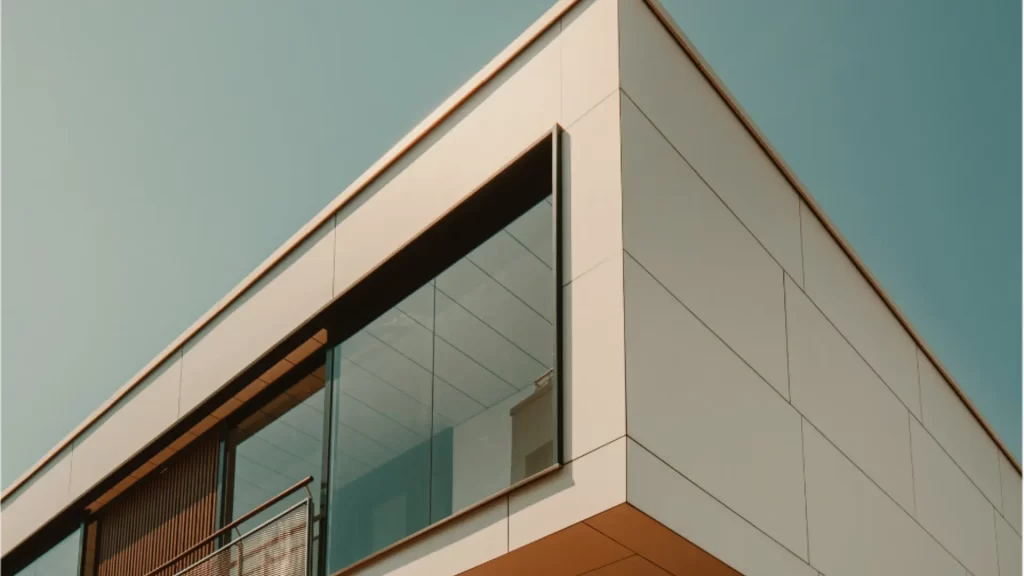
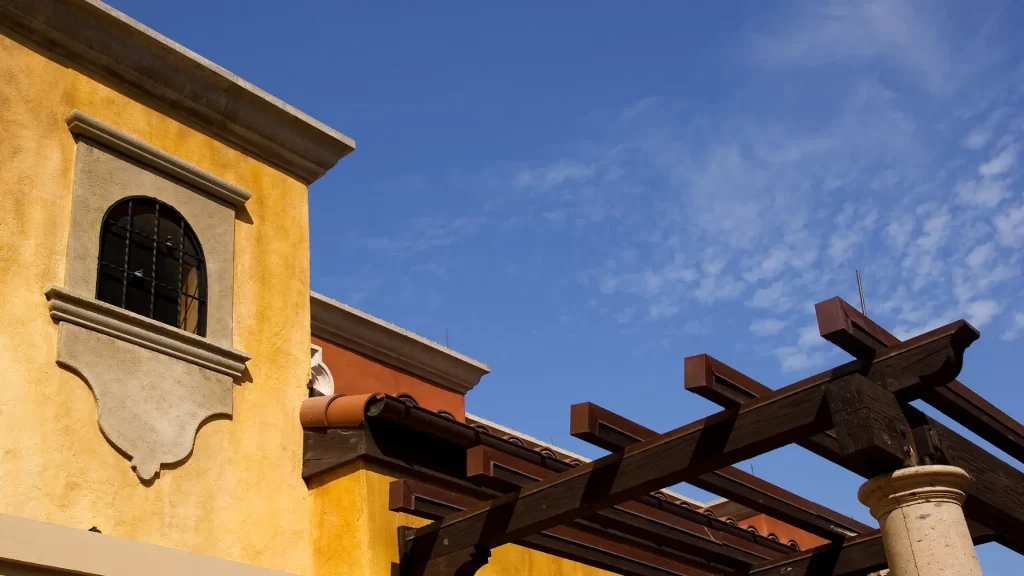
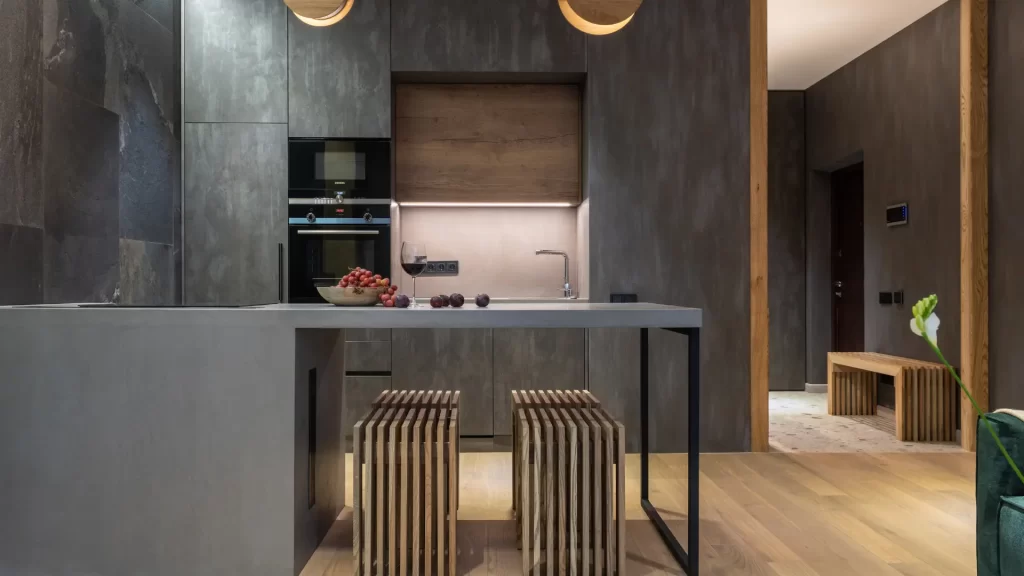
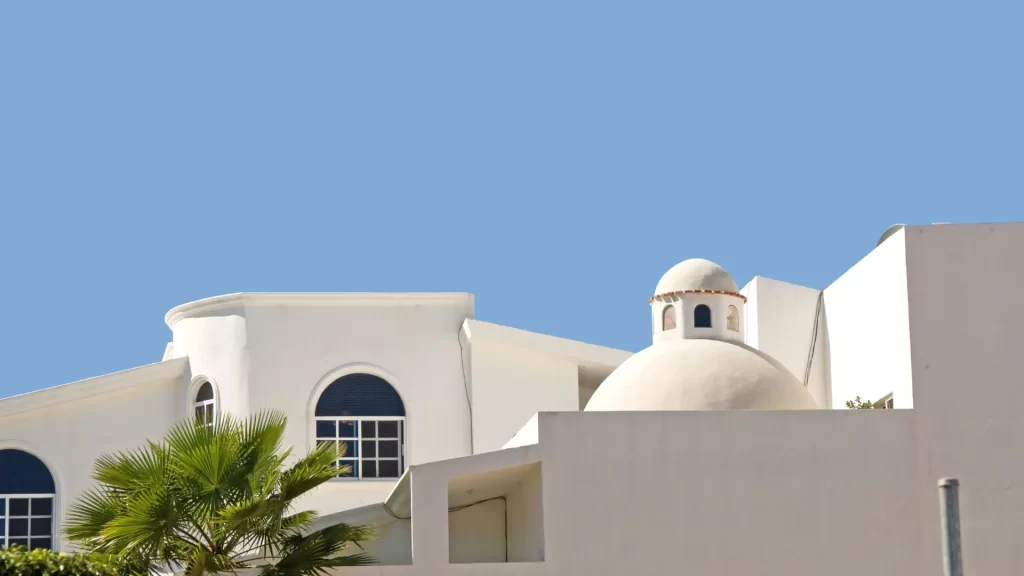
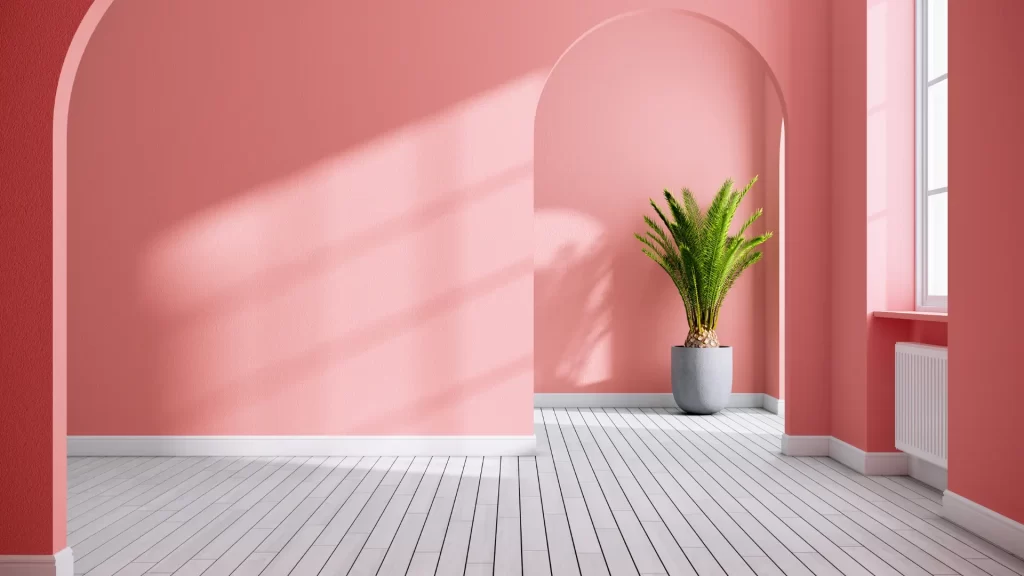
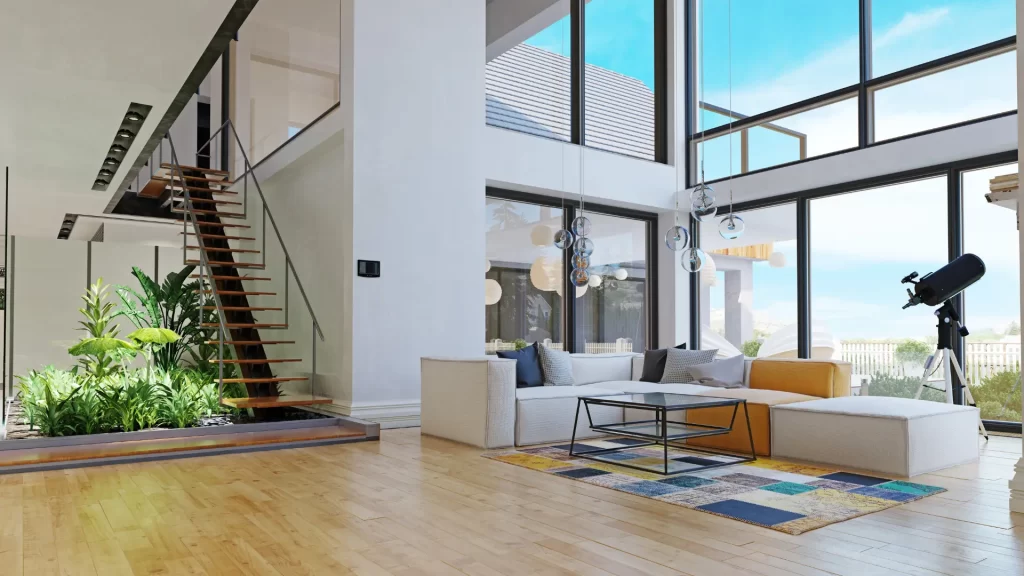
Cultural and Aesthetic Influences
Influence of Indigenous Cultures
Indigenous cultures have a significant impact on Mexican architecture, with materials and designs inspired by traditional practices. Elements such as vibrant colors, geometric patterns, and natural materials are often incorporated into modern designs.
Colonial and Post-Colonial Influences
The colonial period introduced new materials and architectural styles, such as the use of brick and tile roofing. Post-colonial architecture continued to evolve, integrating these elements with indigenous and modern influences to create a distinctive Mexican aesthetic.
Contemporary Trends
Current trends in Mexican architecture emphasize sustainability, minimalism, and the integration of indoor and outdoor spaces. Materials like exposed concrete, steel, and glass are used to create clean, modern lines, while maintaining a connection to traditional aesthetics through the use of local materials and cultural motifs.

The materials used in Mexican house construction are as diverse as the country’s landscapes and cultural heritage. From traditional adobe and stone to modern concrete and glass, each material reflects a unique aspect of Mexico’s architectural evolution. Understanding the importance and application of these materials provides insight into the rich tapestry of Mexican architecture and the innovative ways in which it continues to develop. As Mexico embraces sustainable practices and new technologies, the future of its housing construction promises to be both exciting and deeply rooted in tradition.
What Are the Main Types of Foundations Used in Mexico?
In Mexico, when choosing the type of foundation for a building, the two primary options are slab-on-grade and basement foundations. Each serves distinct purposes and suits different environmental conditions.
Slab-on-Grade Foundations
Slab-on-grade is the most prevalent choice across many regions in Mexico. This foundation type involves pouring a single layer of concrete directly onto the ground. It’s particularly favored for its cost-effectiveness and simplicity. Slab-on-grade works well in areas where the ground doesn’t experience significant freezing, making it ideal for the warmer climates typical in much of Mexico.
Basement Foundations
While not as common, basement foundations are used in particular scenarios. They are more prevalent in areas where the soil freezes, posing a risk to slab foundations through expansion and contraction. In Mexico, basements are typically considered when construction involves a house design that specifically requires one or when the local terrain demands it, such as on steep hillsides or limited flat areas.
Considerations Beyond Type
The choice between these foundation types also depends on the site’s location and soil quality. Homes built on sandy soils will require different foundation techniques than those on rocky or clay-rich soils. It’s essential to evaluate these factors to ensure the foundation provides a stable and lasting base for the structure.
In summary, while slab-on-grade is the go-to for most Mexican homes, basement foundations have their place under the right conditions, influenced by terrain and soil composition.

Construction Styles in Mexico vs. The United States
When comparing home construction in Mexico to that in the United States, significant differences arise, primarily due to the materials used and structural design preferences.
Mexico:
Primary Material: Homes are predominantly constructed using concrete blocks. This choice offers durability and resilience, particularly suited to Mexico’s climate and occasional seismic activity.
Roof Construction: Roofs typically involve a framework of poured concrete beams. These beams create a sturdy base for roof rafters, ensuring longevity.
Interior and Exterior Walls: Both the inside and outside walls are crafted from concrete blocks. The exterior often features a stucco finish, adding aesthetic appeal and an extra layer of protection against the elements.
Flooring: Concrete slabs are consistently used to cover all floors, emphasizing practicality and low maintenance.
United States:
Basic Structure: In contrast, many homes are traditionally built using wood as the main material. Wood frame construction allows for rapid assembly and flexibility in design.
Roof and Walls: Often, wood trusses form the roof’s foundation, while exterior walls are completed with wood siding or brick veneers in various styles. Insulation is frequently added within the walls.
Flooring: Wooden subfloors are common, sometimes covered with materials like carpet, tile, or hardwood for finished surfaces.
In essence, while Mexican homes favor concrete for its strength and endurance, American homes often prioritize wood for its versatility and ease of construction.
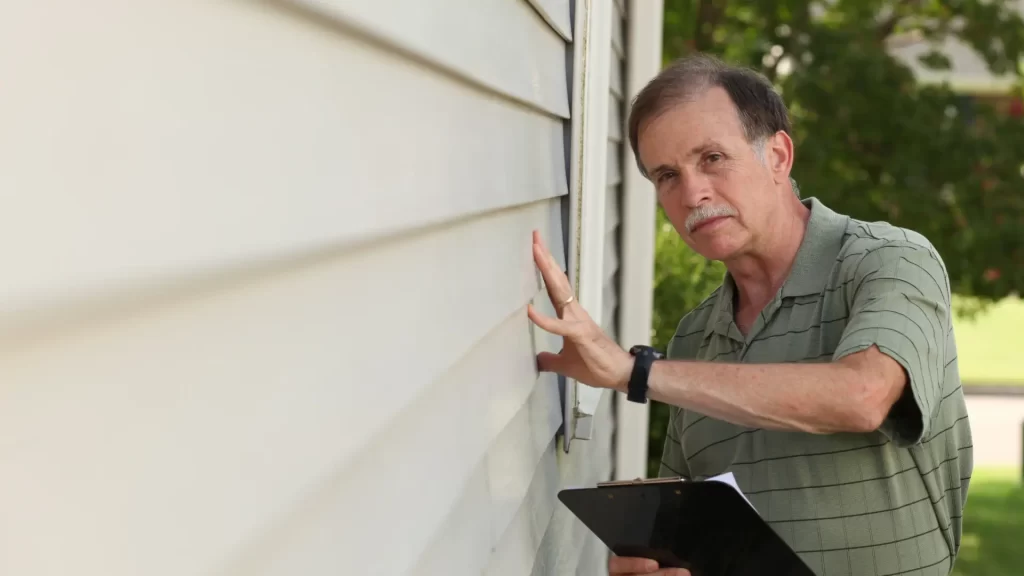
Why do Mexican houses don’t have a basement ?
Mexican houses typically lack basements primarily due to their construction style, which is designed to enhance stability during earthquakes. These homes are built above ground level, unlike structures with wood frames which can shake and collapse more easily during seismic activity.
In addition, the materials used in Mexican house construction contribute to this decision. The absence of sheetrock walls in many homes reflects a preference for designs that prioritize durability. Instead of sheetrock, walls are often left with a plaster finish, sometimes painted or adorned with tile or wallpaper for added decoration. This approach not only simplifies the construction process but also enhances the resilience of homes in earthquake-prone regions.
